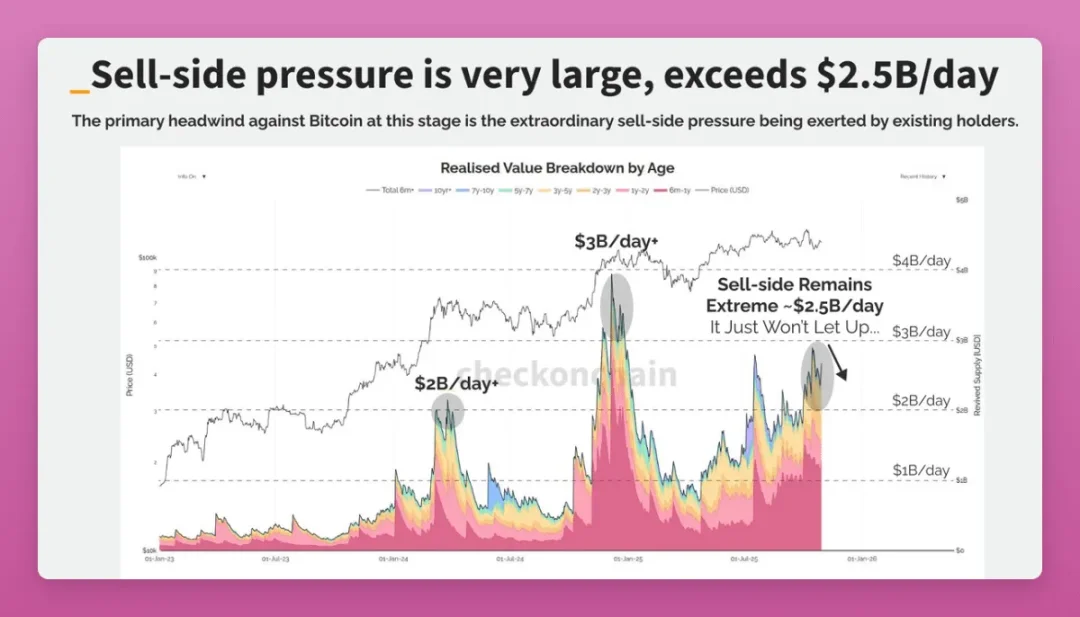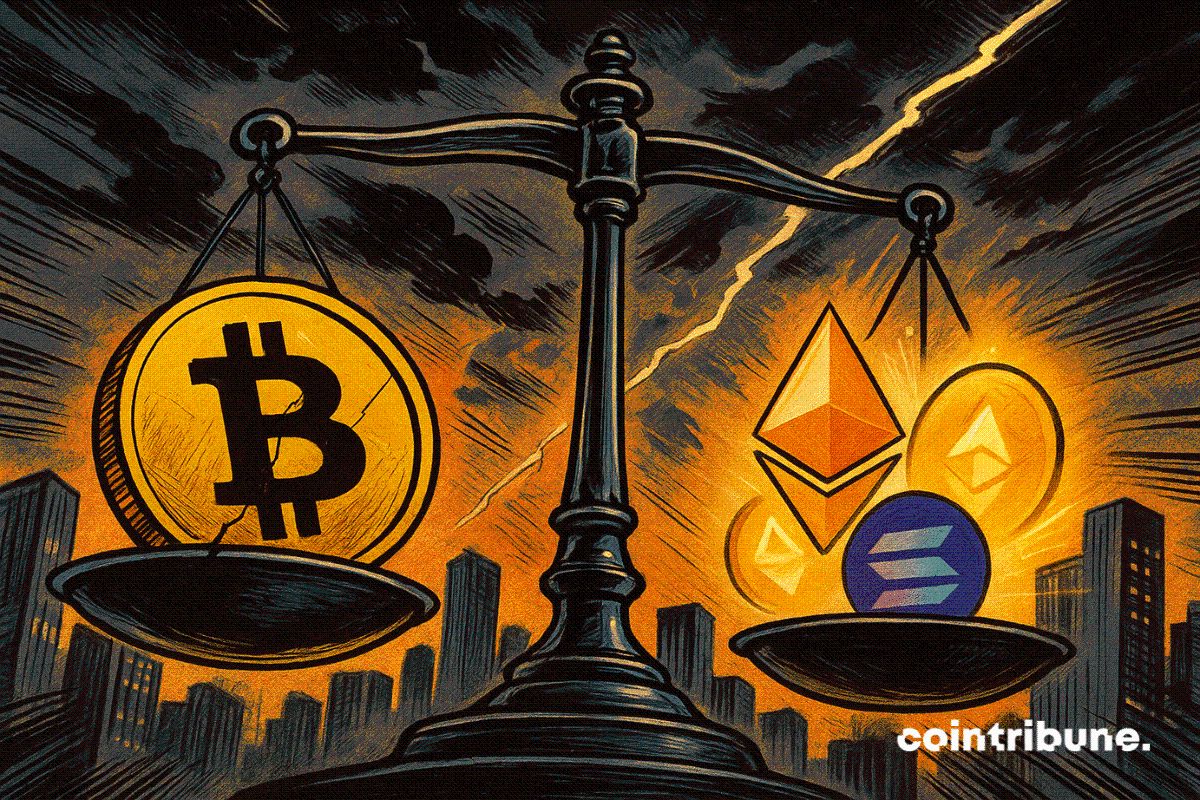- The NSE has joined forces with Hedera Hashgraph to establish the NSE Innovation Lab, serving as a hub for applied innovation.
- HBAR posted impressive quarterly gains, with its market cap rising 43.3% to $9.1 billion and the token price climbing 43.2% from $0.15 to $0.21.
The Hedera Foundation announced on X that the Nairobi Securities Exchange (NSE) has launched the NSE Innovation Lab in partnership with Hashgraph.
This hub is designed to drive applied innovation in Africa’s capital markets, combining advanced technology with market infrastructure to enhance liquidity, boost efficiency, and expand financial inclusion across the continent.
Through this collaboration, the NSE will leverage Hedera’s enterprise-grade distributed ledger technology (DLT) and Hashgraph’s development expertise to explore areas such as tokenisation, digital assets, decentralized finance (DeFi), and intelligent market data systems.
Frank Mwiti, Chief Executive of the NSE, said:
The NSE Innovation Lab is a catalyst for capital markets transformation. By bringing together innovators, market participants, and global technology pioneers such as the Hedera Foundation and Hashgraph, we are creating a platform for experimentation, learning, and invention that will power the next generation of Africa’s capital markets,
Why Hedera Hashgraph
Notably, the Innovation Lab will function as both a sandbox and an accelerator for finance and technology experiments. Its primary focus areas include tokenized instruments and assets such as equities, debt, and funds; the development of digital-asset infrastructure and ecosystems; the creation of intelligent, data-driven capital-market models; and the expansion of access for retail investors, SMEs, and women-owned businesses seeking finance.
This initiative is closely aligned with the NSE’s 2025–2029 strategic vision, which aims to deepen markets, broaden access, and position Kenya as a leading fintech hub in the region.
The Hedera Hashgraph network leverages a unique gossip-about-gossip protocol combined with virtual voting, enabling fast, fair, and secure consensus without the need for energy-intensive proof-of-work. This architecture allows the network to achieve high throughput, processing over 10,000 transactions per second (TPS), far surpassing many traditional blockchains.
Its asynchronous Byzantine Fault Tolerance (aBFT) ensures resilience against malicious attacks, maintaining robust security across the network. Designed with sustainability in mind, Hedera is highly energy-efficient, consuming only a fraction of the energy required by proof-of-work blockchains like Bitcoin (BTC) or Ethereum (ETH).
It actively offsets its carbon footprint, making it one of the most environmentally conscious distributed ledger platforms.
Market Developments
The Lab’s launch builds on the NSE’s earlier milestone of officially joining the Hedera Council in October 2024 to accelerate tokenization initiatives using the Hedera network. Celebrating its 70th anniversary last year , the NSE became the 32nd member of the Hedera Council, gaining equal voting power in the governance of Hedera’s software and services.
Beyond Kenya, Hedera Hashgraph was recently selected by the Philippine government to power its Web3 public services. In a related development, Hedera has integrated ERC-3643 within its Asset Tokenization Studio, introducing a flexible, modular framework that gives issuers full control over configuration.
Through this platform, users can define compliance parameters, enabling issuers to design and launch globally compliant digital assets. This complements the Studio’s earlier US-centric ERC-1400 implementation, which is a preferred option for U.S.-based equity.
On the market side, HBAR is currently trading at $0.17, up 5.96% over the past week, with the next critical resistance projected at $0.20. Its trading volume has increased by 20%, reaching approximately $357 million.
Recommended for you:
- Hedera (HBAR) Wallet Tutorial
- Check 24-hour HBAR Price
- More Hedera (HBAR) News
- What is Hedera?




